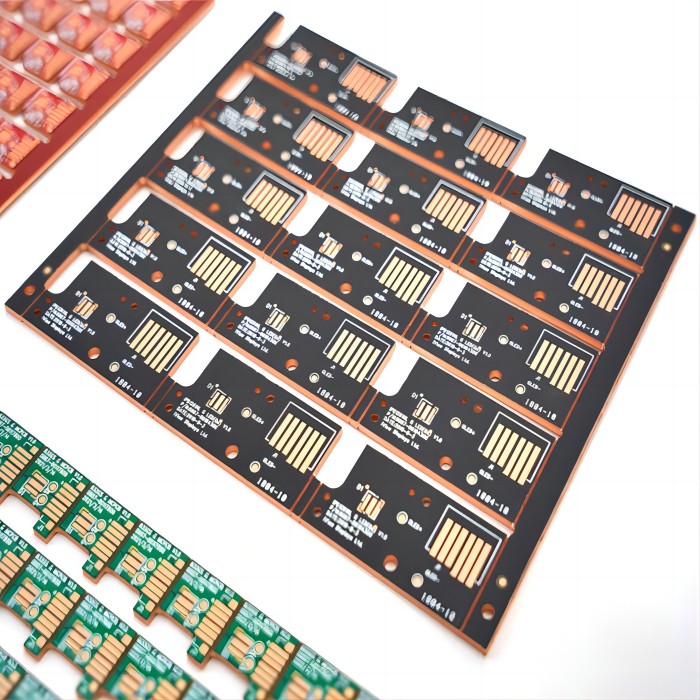Copper Core PCBs: Enhancing Thermal Performance for High-Power Electronics
2025-06-05
In today’s fast-evolving electronics industry, managing heat efficiently is a critical challenge—especially for high-power devices like LED lighting, power supplies, and automotive electronics. This is where Copper Core PCBs (Printed Circuit Boards)come into play, offering superior thermal management and reliability compared to traditional boards. Let’s explore what copper core PCBs are, how they work, and why they’re becoming indispensable in modern electronics manufacturing.

What Is a Copper Core PCB?
A copper core PCB is a type of metal-core printed circuit board where the core layer is made of copper instead of the commonly used aluminum or other metals. This copper core serves as a highly efficient heat spreader, drawing heat away from critical components and dissipating it quickly to maintain optimal operating temperatures.
Key Features of Copper Core PCBs
Excellent Thermal Conductivity:Copper has one of the highest thermal conductivities among metals, significantly improving heat dissipation.
Mechanical Strength:The copper core adds rigidity and durability, making the PCB more robust under mechanical stress.
Improved Electrical Performance:The copper core can reduce electrical noise and improve signal integrity in certain designs.
Custom Thickness Options:Copper cores can be tailored in thickness to meet specific thermal and mechanical requirements.
Benefits of Using Copper Core PCBs
1. Enhanced Heat Dissipation:Copper’s superior thermal properties help prevent overheating, extending component lifespan and improving reliability.
2. Compact Design:Efficient heat management allows for smaller, lighter designs without compromising performance.
3. High Power Handling:Ideal for LED drivers, power converters, and automotive electronics that generate substantial heat.
4. Cost-Effective Thermal Management:Reduces the need for additional cooling components like heat sinks or fans.
Applications of Copper Core PCBs
Copper core PCBs are widely used in industries and products where heat management is crucial, including:
LED lighting systems
Power supplies and inverters
Automotive electronics and control units
Industrial machinery and robotics
Telecommunications equipment
Considerations When Designing with Copper Core PCBs
Thermal Interface Materials:Proper use of thermal interface materials ensures efficient heat transfer from components to the copper core.
PCB Layer Stackup:Designing the layer structure carefully to optimize electrical performance while maximizing thermal conduction.
Manufacturing Complexity:Copper core PCBs require specialized fabrication processes, which might affect lead times and cost.
Conclusion
Copper core PCBs represent a significant advancement in thermal management for high-power and high-reliability electronics. By integrating copper directly into the board’s core, manufacturers can achieve superior heat dissipation, enhanced durability, and more compact device designs. As electronic devices continue to demand more power and miniaturization, copper core PCBs will undoubtedly play a vital role in meeting these challenges.


